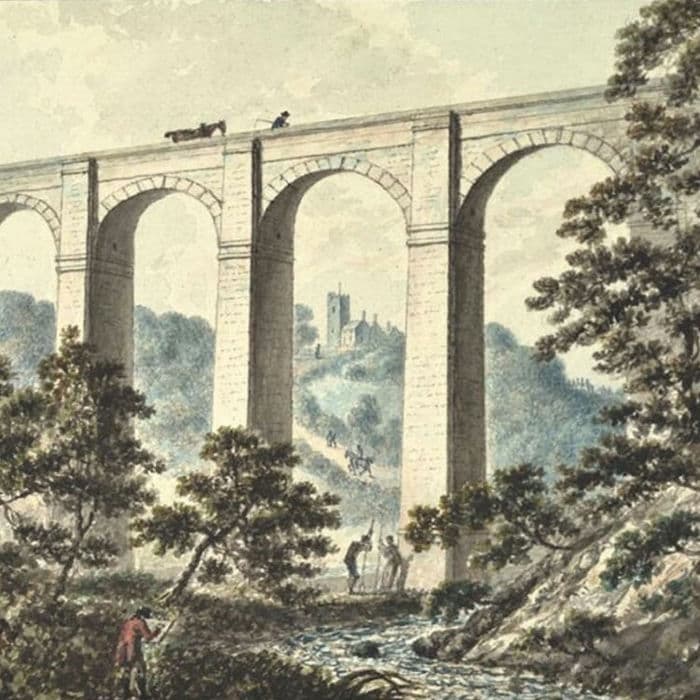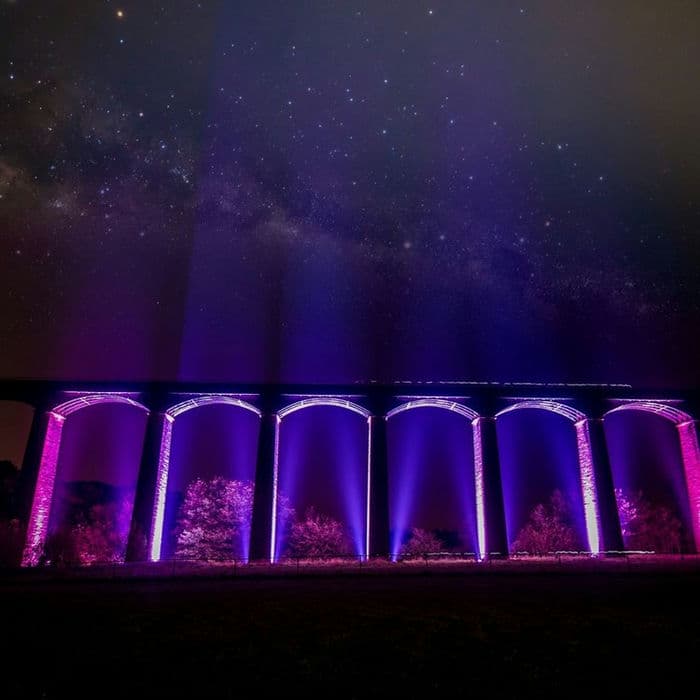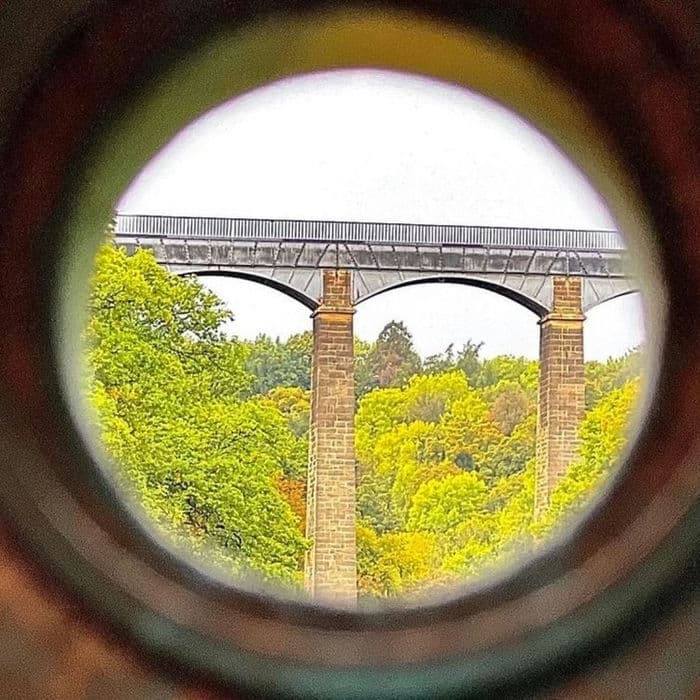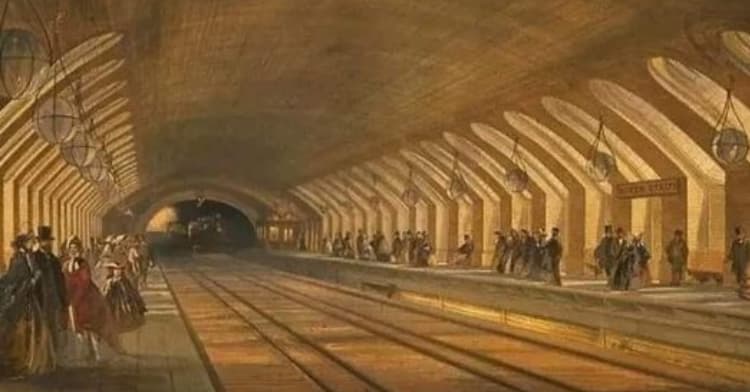The Pontcysyllte Aqueduct, located in northeast Wales, stands as a testament to the ingenuity and craftsmanship of the Industrial Revolution. Completed in 1805 by celebrated civil engineer Thomas Telford and his collaborator William Jessop, this remarkable structure is the longest aqueduct in Britain and the highest in the world. Spanning the River Dee, it forms a vital link for the Llangollen Canal, offering breathtaking views and a glimpse into the region’s rich industrial heritage.

Why I Came to Visit:
Intrigued by tales of the Pontcysyllte Aqueduct’s engineering prowess and scenic beauty, I embarked on a journey to explore this historic marvel. Here are five highlights not to be missed when visiting the Pontcysyllte Aqueduct:

- Engineering Marvel: Marvel at the sheer scale and craftsmanship of the aqueduct, which spans over 1,000 feet and rises 126 feet above the valley floor, showcasing Telford’s engineering genius.
- Historic Significance: Discover the aqueduct’s role in facilitating trade and transportation during the Industrial Revolution, as it provided a vital link for goods and people between Wales and England.
- Panoramic Views: Take in the unparalleled views of the surrounding Welsh countryside from the aqueduct’s lofty heights, offering a unique perspective of the River Dee and the lush landscape below.
- Historic Incident: Learn about the aqueduct’s turbulent history, including a significant breach in 1945 that resulted in damage to the nearby railway and tragic loss of life, highlighting the challenges of maintaining such a monumental structure.
- UNESCO World Heritage Site: Explore a UNESCO World Heritage Site encompassing the Pontcysyllte Aqueduct and the Llangollen Canal, recognized for its outstanding industrial and engineering heritage, as well as its natural beauty.




FAQs about the Pontcysyllte Aqueduct:
- Who built the Pontcysyllte Aqueduct?
The Pontcysyllte Aqueduct was designed by civil engineer Thomas Telford and constructed in collaboration with William Jessop. Completed in 1805, it stands as one of the most remarkable achievements of the Industrial Revolution. - What is the significance of the aqueduct?
The aqueduct played a crucial role in facilitating trade and transportation during the Industrial Revolution, providing a vital link for goods and people between Wales and England, thus boosting the local economy and opening new markets. - Why was the Pontcysyllte Aqueduct closed for maintenance in 2024?
The aqueduct underwent major maintenance in 2024 to ensure its continued preservation and safety. This included repairs to both the canal and the towpath, ensuring that this historic structure remains accessible to visitors for generations to come. - What are visitors’ impressions of the Pontcysyllte Aqueduct?
Visitors have been captivated by the aqueduct’s breathtaking views, remarkable engineering, and rich history. Many have praised the experience of walking across the aqueduct and enjoying the panoramic vistas of the River Dee and the surrounding landscape. - Can visitors explore the Pontcysyllte Aqueduct by boat?
Yes, visitors have the opportunity to hire narrowboats and cruise along the Llangollen Canal, passing over the Pontcysyllte Aqueduct and experiencing its impressive architecture firsthand. It’s an unforgettable journey for those with a sense of adventure and a love of history.



The Pontcysyllte Aqueduct stands as a testament to human ingenuity and perseverance, offering visitors a glimpse into the industrial heritage of northeast Wales. Whether marveling at its engineering prowess, enjoying panoramic views of the countryside, or exploring its rich history, the aqueduct provides a unique and unforgettable experience for travelers seeking to discover the wonders of the past.

